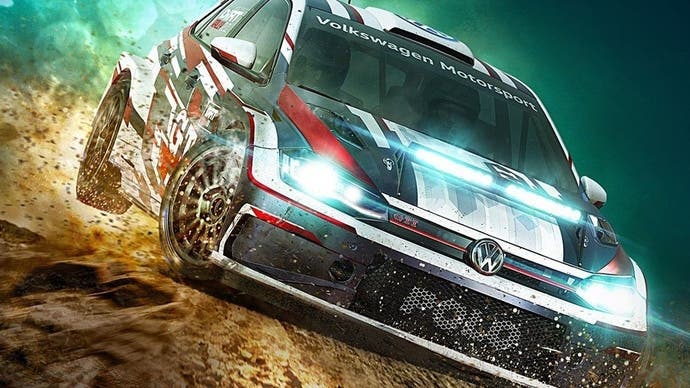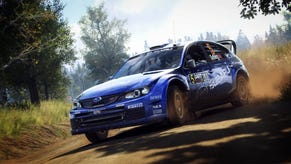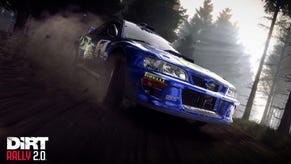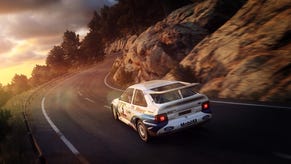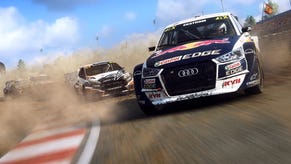Dirt Rally 2.0 on Xbox One X races ahead of the pack
Dynamic 4K vs 1080p on both PS4 consoles.
Codemasters' Dirt Rally 2.0 sees the developer return to the height of its powers, delivering one of the best driving simulations of the current generation and earning a prestigious Eurogamer Essential award. The quality of the racing experience is superb but Codemasters delivers on the visual side too with a beautiful presentation powered by its proprietary Ego engine - but how do the various console versions compare? The answers are surprising.
Perhaps the most important takeaway, however, is that Dirt Rally 2.0 looks and plays well on all consoles, with surprisingly little variance in the graphical feature set across all four versions. There are some rendering differences between the base and enhanced consoles, but the only real disappointment here concerns the PlayStation 4 Pro version of the game - limited to the same 1080p resolution as the base console, with only a smattering of visual upgrades. Meanwhile, Xbox One X offers a revelatory improvement in image quality, using dynamic resolution to move seamlessly between 1800p and full, native 2160p, depending on GPU load.
The standard consoles, meanwhile, both target 1080p, but again, dynamic resolution is in play. Curiously, the vanilla PlayStation 4 delivers full HD (dynamic resolution is a possibility, but all of our measurements resolve at 1080p), giving an overall experience that's perhaps too similar to its Pro equivalent. Only Xbox One S tends to struggle here, with a pixel-count that varies between 1440x810 (but could potentially go lower) all the way up to native 1080p - and even with this more apparent variation in resolution, performance there isn't quite where it needs to be, though still fine overall. All console versions use TAA anti-aliasing - also an option on PC, where MSAA is also available.
Across three of the four consoles, Dirt Rally 2.0 delivers a racing experience that's locked to 60 frames per second (though as is the custom, replays run at half-refresh) while Xbox One S uses an adaptive sync to keep response as high as possible during performance stress points - mostly found in the cross rally stages (and the odd moment in forest areas). When the renderer can't hit the 16.7ms per-frame render time, v-sync is momentarily disabled and final frames are displayed as soon as they're rendered, resulting in noticeable screen-tearing as new visual information is delivered mid-refresh. For the most part, the S does indeed deliver 60fps, but it is the only version that seems capable of exceeding its render budget. That said, disregarding the tearing, 55fps was the lowest performance figure we saw on the S, so it's hardly a deal breaker.
There is an interesting wrinkle to the story, however. While Xbox One X runs beautifully smoothly and locked to 60 frames per second throughout our testing, the graphics options include the ability to disable the game's 4K output, internally rendering the game at 1080p instead. On the one hand, all that this mode seems to do in real terms is to artificially lower overall image quality to match the Pro version. On the other hand, there have been some titles released on Pro with 1080p modes that X doesn't have, resulting in smoother performance - Anthem, for one. While this mode seems unnecessary on this title (though maybe the situation changes later in the game), the gesture is appreciated.
That said, relying on system-level super-sampling rather than native 1080p gives the X version a clear edge - obviously, image quality is on another level, but it's about more than just clarity alone. A higher resolution means a higher level of sampling for anisotropic filtering, meaning that the Xbox One X game delivers far cleaner ground textures in the mid distance compared to any other version. You'd think that the PS4 Pro would have the power left over to move to 8x or even 16x anisotropic filtering, but unfortunately, improved AF is not a part of Dirt Rally 2.0's feature set on Sony's supercharged console.
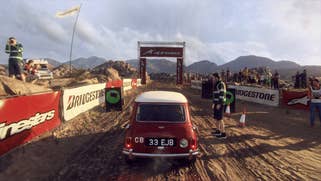
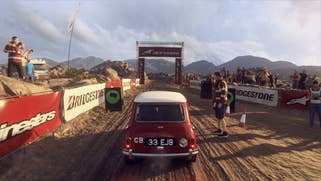
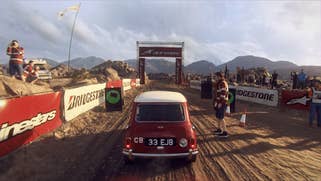
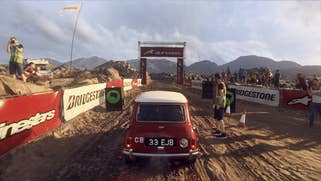
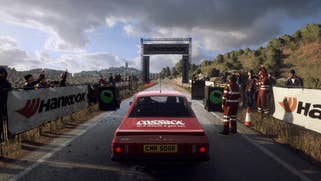
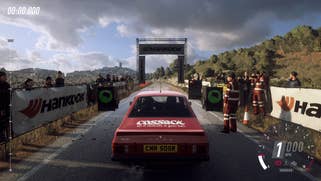
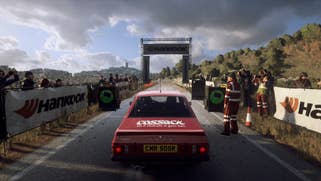


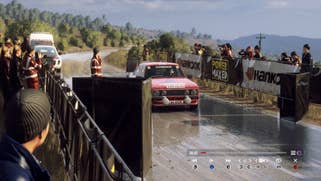


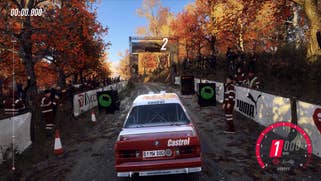


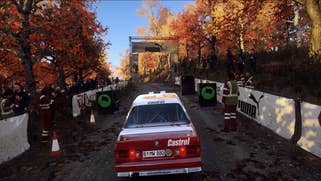
So, if resolution is so close between base PS4 and Pro, what is there to separate them? Environment reflections are of a higher resolution, foliage density is upgraded and the 30fps replays benefit from screen-space reflections that are not present on the vanilla consoles. The Xbox One X features all of these upgrades too, while also benefiting from higher quality shadows. Meanwhile, the Xbox One S is set to vanilla PS4 quality, but in addition to its resolution and performance drops, it also seems to possess the worst texture filtering quality (possibly a factor of its reduced pixel count) and also the least impressive draw distance. Xbox One S also has 30fps character and hand animations in cockpit view - which look rather odd as the game (and indeed the steering wheel) update at 60 frames per second.
Ultimately, everything that makes Dirt Rally 2.0 one of Codemasters' best releases in years is present and correct on every version of the game. The brilliant handling combines beautifully with the 60fps target in producing a title that's a joy to play - and the quality of the game is such that its appeal moves beyond the racing hardcore. There is the sense that the vanilla PS4 version is lead platform, with flawless performance and most of the visual features. Xbox One S's compromises are noticeable, but won't affect gameplay, while the X's enhancements add a pristine sheen and make the most of the assets.
Disappointments are thin on the ground with this one, but it's difficult to avoid the feeling that the PlayStation 4 Pro edition of the game doesn't live up to expectations - it still plays well, but the upgrades that are delivered aren't in line with the increase to horsepower provided by the bigger GPU. And in turn, the comparisons with Microsoft's enhanced console are far from flattering, with Xbox One X delivering anything between 2.7x and 4x the pixel count, and doing so with improved shadow quality to boot. If 1080p is a lock for the Sony console, at least bringing across more of PC's visual improvements would help to sweeten the deal - and in turn, the same strategy could make Xbox One X's 1080p mode somewhat more useful.
